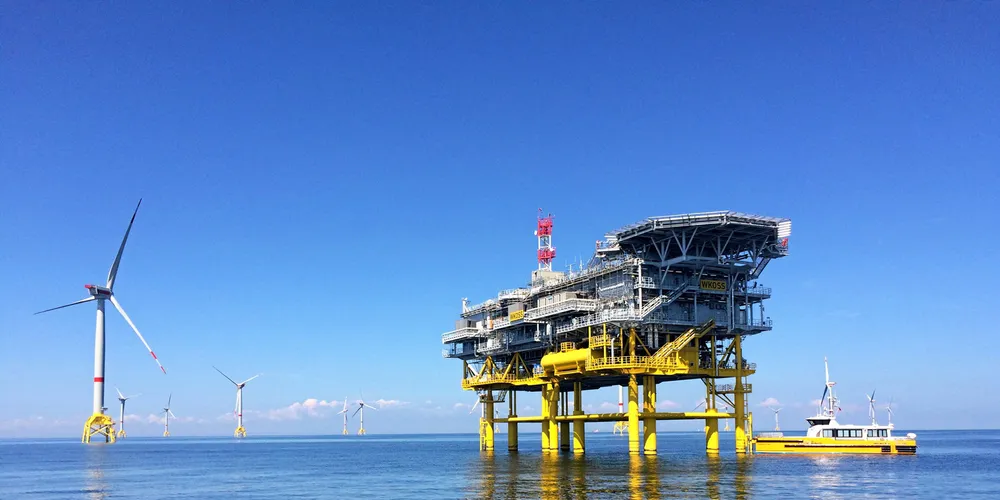'No equivalent in wider world' | Sweden to build up to 10GW of free offshore wind grid links
Svenska Kraftnät plans three to six connection points by 2035 to which developers can link projects in part-waiver of transmission costs

Sweden’s transmission system operator Svenska Kraftnät as part of a unique model that "has no equivalent in the wider world" is planning to build three to six offshore wind connection points at sea that will be able to bundle between 4GW and 10GW of power and transmit the capacity to the country’s onshore grid free of cost.
Sweden currently has only 192MW of operational offshore wind as developers in recent years didn’t build any new capacity due to the lack of a government support scheme, while the country at the same time until recently had relatively cheap hydro and onshore wind resources. Due to an accelerated electrification to help the climate and reduce Russian fossil energy imports, however, Sweden in the coming years needs massive new generation capacity.
Stockholm doesn’t plan to hold offshore wind tenders to allocate capacity, and hopes it will help boost construction by the part-waiver of grid connection costs, which Svenska Krafnät said make up between 15 and 30% of overall project costs.
“The Swedish model as a whole has no equivalent in the wider world,” the TSO acknowledges, though, in its document.
The latter three are slated to be built by 2032-35, and pose few challenges, while the former three connection points are in areas where developers already have obtained rights to build offshore grid links themselves (but would also need to pay for them). Only if those developers give up their own grid link plans would those capacities be freed up and Svenska Kraftnät build grid connection points there.
The TSO said developers have already applied for a volume of 125GW of offshore wind, but estimates that there is an area overlap in the connection queue affecting projects with a combined capacity of 35GW. That would leave a theoretically ‘buildable’ volume of 90GW off Sweden’s coasts.
“Just under 30% of projects in the queue have ‘exclusivity conflicts’,” the document said.
Of the theoretical 90GW, 26GW are in Sweden’s maritime territorial waters, while the remaining 64GW are in the country’s exclusive economic zone.
Divided into geographical areas, the TSO has identified 9GW in the ‘Västerhavet’ region off western Sweden’s Kattegat and Skagerrak straits that link the North Sea to the Baltic Sea, 59GW in the main part of the Baltic Sea, and another 22GW in the Bay of Bothnia, an arm of the Baltic Sea to the North between Sweden and Finland.
Svenska Kraftnät said while it strives to provide the grid connection points at sea, developers will still have the possibility to self-finance links in parallel.
Developers that link their wind farms to the grid connection points at sea will still have to pay for the grid link from their wind farm to the connection point, as well as for inner-park cabling.
An industry dialogue on the new connection process for offshore wind power is slated to be implemented during the autumn of this year, the TSO said, with the goal for the new connection process for interested developers to be launched during the second quarter of next year.
(Copyright)